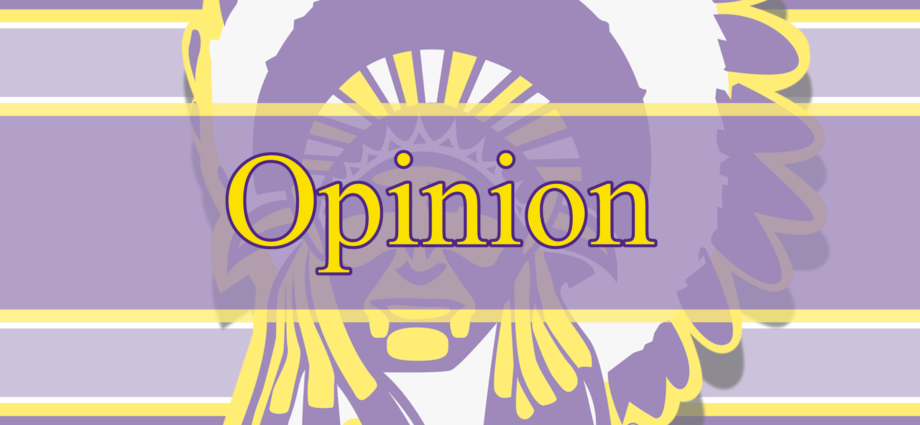If you have seen James Cameron’s “Avatar” then you have seen this movie, which only goes to show how unoriginal James Cameron is. Speaking of pretentious filmmakers, Kevin Costner is in this movie! He stars in and directs this movie. So it was his decision to show his bare butt so much. I find that disturbing just as I find many aspects and elements of this film. For the record, I do not consider this an Indigenous film.
This movie takes place during a time of invasion for Native Americans. The story focuses on an American soldier who takes post on the frontier. The soldier, John Dunbar (Costner), is incredibly naive. My take on the character is that he is a man incredibly lost in himself and has no identity. He represents the faceless and apathetic American way of life. He finds himself lonely on the plains and sparks a friendship with a wolf, the Lakota people, and Mother Nature. He is transformed by the beauty of the Lakota way of life. He finds purpose and love on the vast plains of the Midwest before it was called the Midwest. The Lakota teach him their customs and viewpoints and eventually accept him as part of their tribe. By the end of the movie, John Dunbar is gone and his new Lakota persona, Dances with Wolves, emerges.
This picture does an amazing, I repeat AMAZING job of depicting early Indigenous life on the plains. The language is excellent to hear, the wardrobe is gorgeous, and the actors are at peak performance. The Indigenous cast of Graham Greene, Rodney A. Grant, Floyd Red Crow Westerman, and Tantoo Cardinal are Oscar-worthy. They bring the time period and personalities of the people to life. They do so well at depicting their characters that it makes me sad to know their eventual fate. Every shot in this movie is a work of art (with the exception of Kevin Costner’s butt). The landscape is breathtaking. The days before assimilation are truly captured though the cinematography, lighting, and tone of this film.
I do not consider this an Indigenous film because it is a depiction of Indigenous people shown through the filter of colonizers. The Natives still get conquered. There is nothing anybody could have done about it. It was inevitable. That kind of story should not be celebrated. It is our responsibility as indigenous artists to create works that depict us truthfully and break the myth that we are extinct. We cannot go through traditional Hollywood to tell these stories. We must produce, market, and distribute them on our own. We do not need more Indigenous films, we need more films by Indigenous people, until then we are only the stereotype of the long-gone, long-haired, mystical beings of the past.

